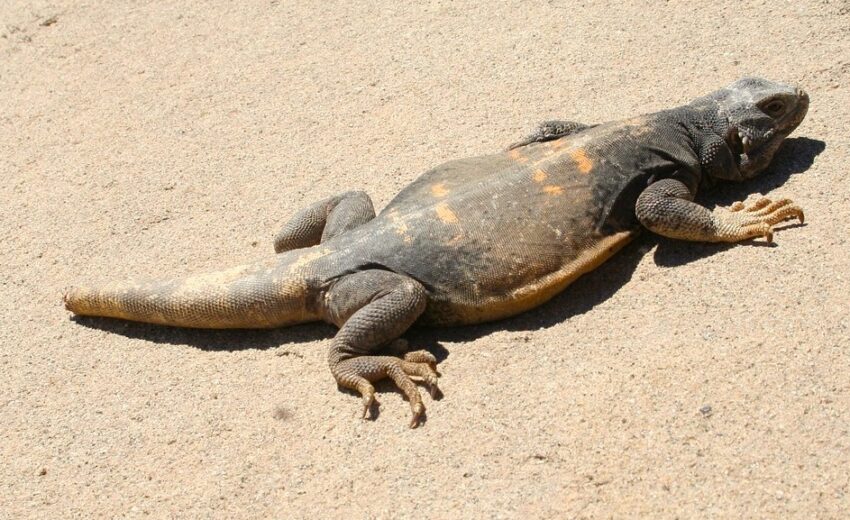The Chuckwalla belongs to the iguana family. As such, they have some of the same cool features as an iggy (iguana). They expel salts through their noses and even have a parietal eye
- Zoology
- Daily Critter Facts
- For Teachers
- Study Guides
- Animal Diseases & Parasites
- Contact

